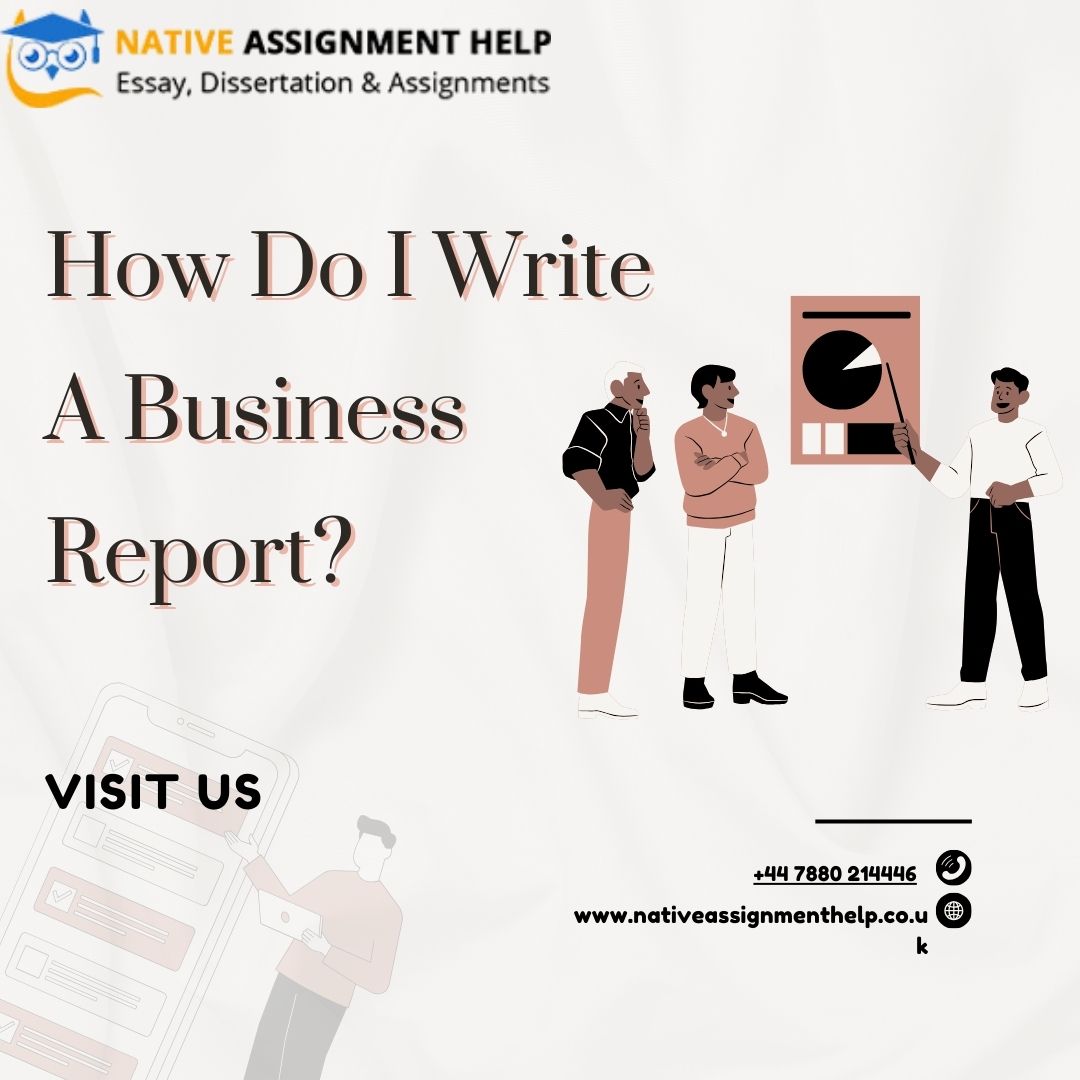Crafting the Perfect Business Report: A Comprehensive Guide

Strong 8k brings an ultra-HD IPTV experience to your living room and your pocket.
Introduction
Imagine being in a crucial meeting with a document that instantly commands attention, clearly communicates your points, and helps drive decisions. A meticulously crafted business report can do exactly that. It is more than just words and numbers; it’s a strategic tool that showcases professionalism, supports your ideas, and leaves a lasting impact.
Business reports are not one-size-fits-all; each serves a unique purpose. Whether it’s presenting a financial review, analyzing performance metrics, or recommending future actions, creating the perfect business report requires precision, clarity, and strategy. If you’ve ever wondered, "How Do I Write A Business Report," the answer lies in understanding its objectives and tailoring its content to meet your audience’s needs. Let’s explore how to craft one that not only informs but also influences.
Types of Business Reports
Business reports come in various forms, depending on their purpose. Understanding these types is the first step toward creating one that meets your objectives.
Informational Reports
These reports stick to the facts. They present data without interpretation, providing straightforward information to the reader. Examples include annual reports, progress summaries, or compliance updates. While they may seem basic, their simplicity ensures clarity and accessibility.
Analytical Reports
Analytical reports dig deeper. They analyze data, identify trends, and offer insights. For instance, a market analysis report doesn’t just show sales figures—it explains why those numbers exist and what actions could optimize results. This type of report is ideal for decision-making as it combines hard data with interpretative value.
Research Reports
These reports are your go-to for detailed exploration. Whether launching a new product, entering a new market, or exploring potential investments, research reports provide exhaustive information backed by evidence. They are often packed with data, methodologies, and actionable conclusions.
Key Elements of a Business Report
Every business report follows a structure. A strong framework ensures your ideas flow logically and keeps your audience engaged.
Title Page
Think of the title page as the face of your report. It should include all necessary details like the title, your name, your organization’s name, and the submission date. This makes your report look polished and professional.
Table of Contents
A table of contents is more than a navigation tool—it’s a roadmap. It outlines your report’s structure and makes it easy for readers to locate specific sections quickly.
Executive Summary
The executive summary is your report’s elevator pitch. It condenses your report’s purpose, key findings, and recommendations into a short, compelling section. Often read first, it sets the tone and determines if the reader will dive deeper.
Introduction Section
This section lays the groundwork. It explains the context, objectives, and scope of the report. For example, a performance report’s introduction might outline why the review period was chosen and what key metrics are assessed.
Body of the Report
The body is the heart of your report. Here, you present detailed findings, analyses, and arguments. Subheadings, bullet points, and visuals like graphs or charts enhance readability and make complex information more digestible.
Conclusion and Recommendations
This section wraps up your report, summarizing findings and offering clear, actionable recommendations. Strong conclusions tie everything together and leave the reader with a definitive direction.
Appendices and References
Supporting documents, additional data, or citations go here. Including these elements boosts credibility by showcasing thorough research.
Steps to Craft the Perfect Business Report
Crafting a compelling report involves more than putting pen to paper (or fingers to keyboard). Follow these steps to ensure your report stands out.
Understanding Your Audience
Who is reading your report? Is it a group of executives, team members, or external stakeholders? Knowing your audience helps you tailor the language, tone, and depth of information accordingly.
Defining the Purpose
Why are you writing this report? Clearly defining its objective ensures focus and relevance. For instance, is it meant to inform, persuade, or analyze?
Research and Data Collection
A well-crafted report is built on a foundation of robust research. Collect data from credible sources, verify accuracy, and ensure the information aligns with your objectives.
Structuring Your Report
Structure ensures clarity. Divide your report into logical sections like introduction, body, and conclusion. Use headings and subheadings to make navigation effortless.
Writing with Clarity
Good writing is like a good conversation—it’s clear, engaging, and easy to follow. Use active voice, avoid jargon, and explain technical terms when necessary.
Reviewing and Editing
Never skip the editing stage. Reviewing helps eliminate errors, refine arguments, and enhance overall quality. Consider feedback from colleagues for a fresh perspective.
Common Mistakes to Avoid
Lack of Focus
Reports with unclear objectives can confuse readers. Stay focused on your purpose to ensure clarity and relevance.
Ignoring the Target Audience
A report meant for executives differs from one for technical staff. Ignoring this distinction can lead to ineffective communication.
Overloading with Jargon or Data
While detail is important, too much information can overwhelm your reader. Balance is the key—include enough data to support your points without overloading the content.
Tools and Resources for Effective Report Writing
Modern tools can simplify and enhance the report-writing process.
Microsoft Word and Google Docs: Offer templates to streamline formatting.
Grammarly: Ensures grammar and spelling accuracy.
Canva: Aids in designing visuals like charts or infographics.
Survey Tools: Platforms like SurveyMonkey can help collect primary data for your report.
Benefits of a Well-Crafted Business Report
A well-structured business report is a game-changer. It aids decision-making, fosters transparency, and enhances professional credibility. A polished report can differentiate you in a competitive environment, showcasing your analytical and organizational skills.
Conclusion
Crafting the perfect business report is an essential skill in today’s professional landscape. By understanding your audience, adhering to a structured format, and presenting information with clarity, you can create impactful reports that inform, influence, and inspire action.
Note: IndiBlogHub features both user-submitted and editorial content. We do not verify third-party contributions. Read our Disclaimer and Privacy Policyfor details.


